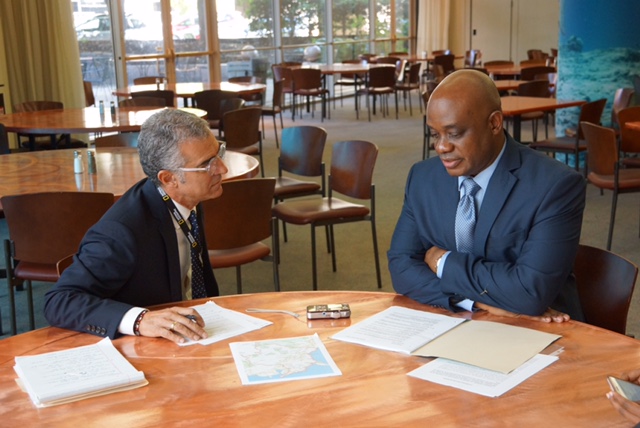
I met the author behind the important research that makes up this story of mine during my first trip to the Peruvian Amazon in summer 2013. Richard Tito is a Quechua Indian who grew up poor and isolated in the remote Andean Mountains in the Amazon basin. We could not speak because his second language was Spanish, which I don’t speak, and he had no English.
But his determination to rise above any and all obstacles and become a biologist was apparent in the short time we spent together. I didn’t realize he was the author of this report until after I concluded its newsworthiness (as did my Mongabay.com editors). Richard is now Dr. Tito with a PhD from a reputable university in Brazil. His own story is as good as his research on the impact of rising temperatures on high-elevation tropical farming (shown above).
“I am a member of the local community and I know the study area, the local farmers and their rich traditional knowledge,” said Tito, who recently received his PhD from the Instituto de Biologia at the Universisdade Federal de Uberlandia in Brazil. “Because the population is skyrocketing, climate is changing and the impact on food production is a real threat, a real motivation for me in this research is to recommend effective management strategies.”


